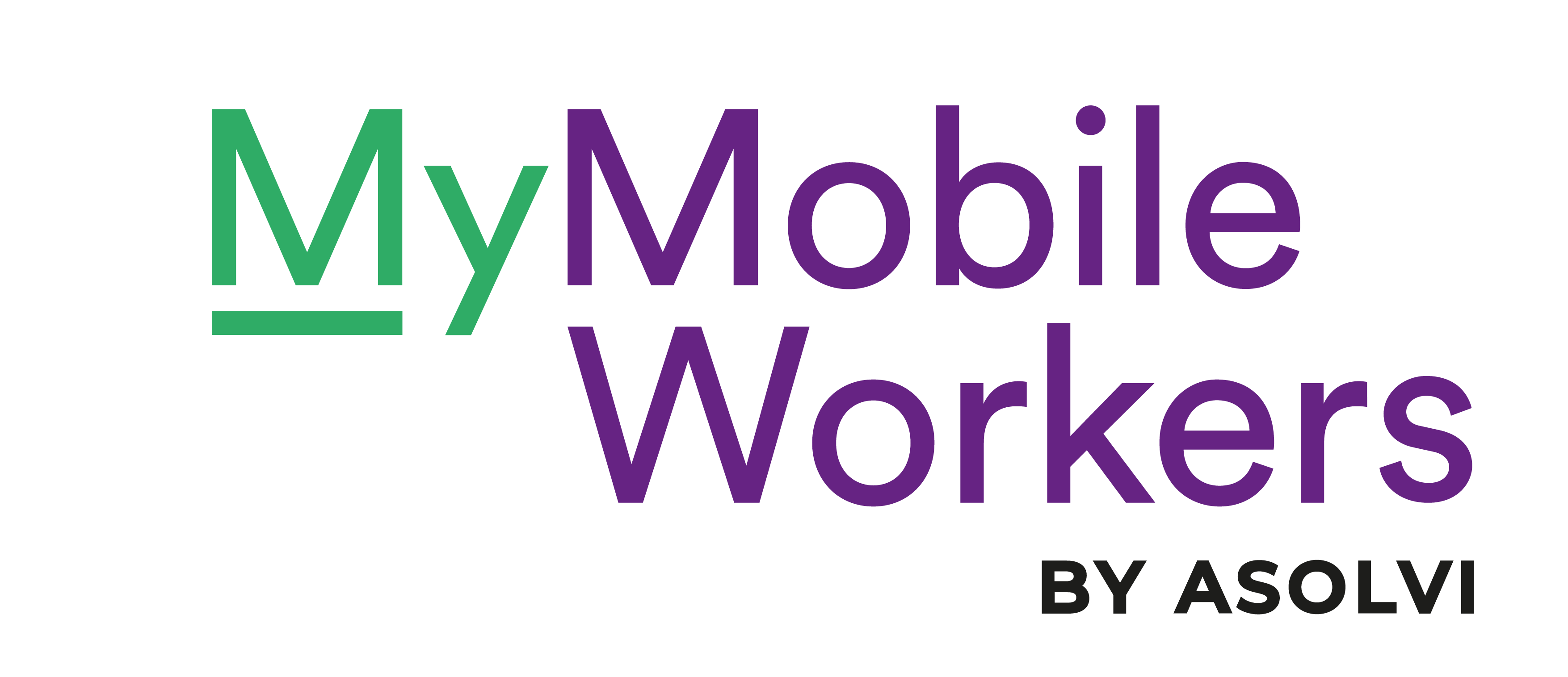-3.png?width=549&name=5%20examples%20of%20how%20technology%20has%20impacted%20business%20(2)-3.png)
If you asked somebody for their email address in the mid 90s, the most common reaction would be either bewilderment or disdain. Why would anyone send a letter ‘electronically’ when we have paper, envelopes and a postal system?
A lot has changed since then.
Digital technology is now fused into our everyday lives – including our working lives. And while we still have workplace moans and groans, it’s worth remembering just how much simpler it is now to get things done.
So let’s take a trip back to the business landscape of the 1990s – a strange place of bleepers, baud rates and…
Fax machine: Sending documents
So you have a 50 page report that a company in Spain needs by the end of the day - no problem. You email it to them as a PDF; it’ll take you around five seconds.
But before email, you would have been preparing yourself for a marathon session sat glaring at the office fax machine. These heroically temperamental devices would take around a minute to send a single page, depending on your baud rate.
And after you had finished feeding paper into your machine, it was highly likely that it would be received on the other side as 50 pages of incredibly faint text and ink smudges.
Beepers: Contacting colleagues
Back in the mid 90s, mobile phones were more of an executive toy than an everyday technology. So if you wanted to get hold of a work colleague who was on the road, you wouldn’t phone them - you would give them a buzz on their pager/beeper.
This meant dialling a phone number, entering your recipient's pager number and then the number of the phone you wanted them to call. They would receive a bleep on their pager, with the number display.
They would then just have to find the nearest phone box to call you back. Simples.
Overhead projectors: Putting on a presentation
If you think PowerPoint presentations are a faff then spare a thought for those 90s workers who relied on overhead projectors to display any information.
That meant writing any text onto acetate sheets - a particular ordeal if you had less than perfect handwriting. And if you wanted to include photographs, you faced the puzzle of working out which way around your slides should be loaded.
Oh how we laughed as the assorted images appeared upside down and back to front.
Online booking: Arranging a business trip
Thanks to the Internet, organising an overseas trip is something that can be done in the time it takes to slurp a cup of tea. But rewind back to the mid 90s and this was a painfully slow process that could take days or weeks.
With only limited information available online, it meant having to dig out everything you needed via phone calls, faxes and pamphlets posted via the mail.
To recreate the experience, try finding out which bus you need to catch to transfer from Gare Montparnasse to Gare de Lyon stations in Paris - without tapping it into Google.
PDAs: Storing personal information
If you take a modern smartphone and then strip away every single feature - apart from contacts list and a calendar, then you’ve got yourself a typical 90’s PDA (Personal Digital Assistant).
If you were lucky, you might also have a currency converter and calculator but these forerunners to the smartphone really weren’t very smart. The hugely successful Palm Pilot, released in 1996, had 128k of data storage; the average size of a modern email is 75k.
What’s interesting, is to look at which of today’s workplace tasks will look similarly archaic when viewed from the future. One area that’s currently being transformed by technology is the way we manage our employees.
Digital workforce management systems such as MyMobileWorkers combine the power of smartphones and GPS tracking to provide a more effective and efficient way to manage and monitor teams of mobile workers.
With data shared digitally, it means there’s no longer a need for organisations to be stifled by mountains of paperwork.
Bosses are seeming to ignore mobiles and their potential to be an amazing business tool. And you already have the equipment it takes to take your company out of the PalmPilot and OHP past, and launch you into the not so distant future.
Find out what to expect when your mobile workers go paper free in our guide.


